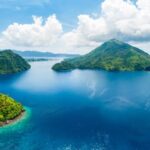We explain what a continent is and how many continents there are. Also, some of its characteristics and what the oceans are.

What is a continent?
When we talk about continents we mean the large extensions of the earth's crust that emerge from the oceans and which considerably exceeds in size even the largest of the islands.
The word continent It comes from the Latin continent, derived from continents terra or “continuous lands.”. But the criteria for defining what is or is not a continent is historical and cultural, which is why it has varied over time, just as they have also varied, although throughout the millennia of the planet's geological history. , the location of the continents and the distance that separates them. In fact, in prehistoric times all continents integrated various supercontinents, known as Pangea, Pannotia, etc.
From a geographical point of view, the continents are the largest land organizations in the world which include the islands that are more or less close to their coasts.
The continents They were formed from the cooling of the Earth's crust and are composed mainly of granite and associated rocks, unlike oceanic crust, where basalt and gabbro predominate. Their initial appearance seems, as suggested by their current forms, to have occurred in a very different way, since over the millennia continental drift has successively moved, separated, reunited and separated them, modifying both the climate and the visible appearance of the surface of the planet.
See also: Population density
How many continents are there?
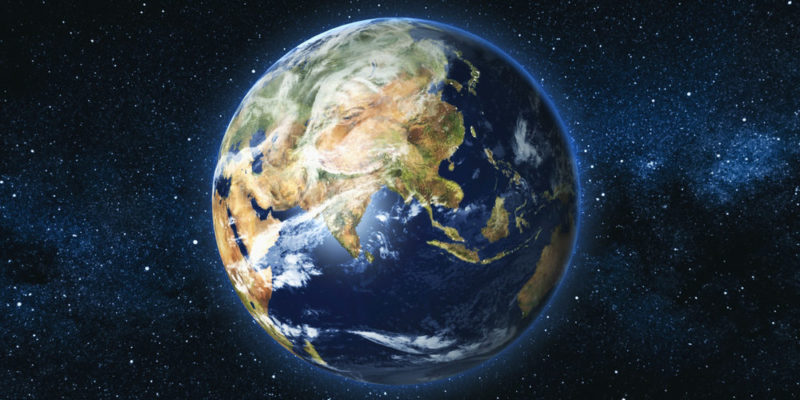
There is no single way to list the continents, since each continental model offers its own vision on the matter. Thus, there are models that identify 4, 5, 6 and 7 continents, the latter being the most recognized in English-speaking countries (Africa, Antarctica, South America, Asia, Europe, North America and Oceania); while in other regions the number of 6 is used (unifying America); and in specific areas of geology, the number 5 is accepted, more similar to the tectonic plates (uniting Europe and Asia on the same continent, Eurasia).
In recent times (2017) the theory was proposed that there is an additional continent called Zealandia which would have submerged in the waters of the Pacific Ocean millennia ago.
Africa
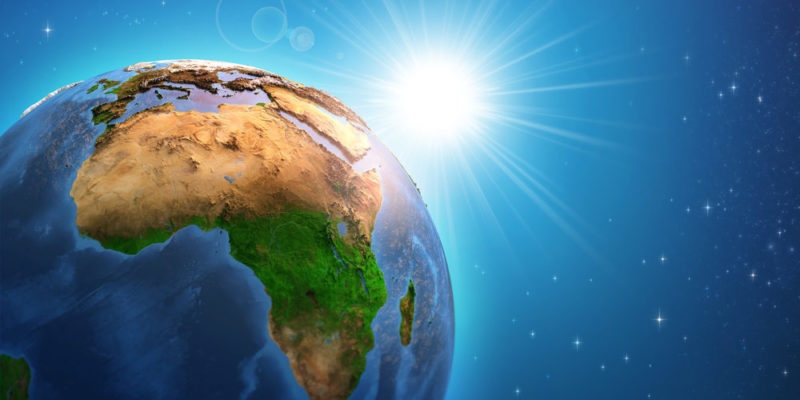
The “black continent”, as it is nicknamed due to the racial predominance of its population, is the original continent of humanity, where Homo sapiens first saw the world. This continent is joined to Asia by the Isthmus of Suez and separated from Europe by the Strait of Gibraltar and the Mediterranean Sea. Its oceanic limits are: to the west the Atlantic and to the east the Indian Ocean. It has a total area of 30,272,922 km2 (20.4% of the world's emerged lands) on which 15% of the world's population lives, about one billion inhabitants, spread across 54 countries.
America
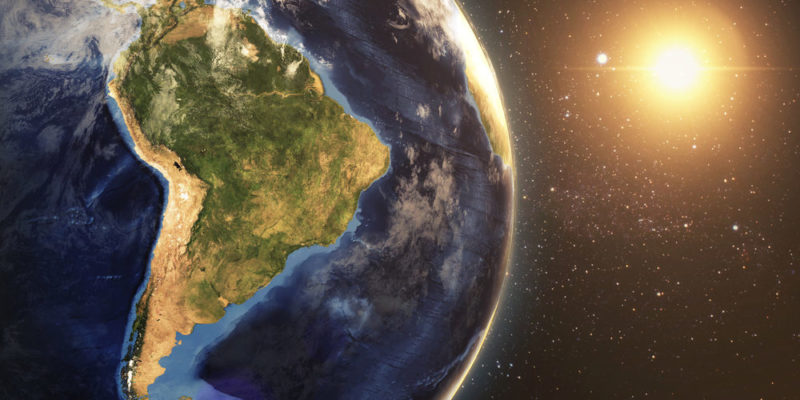
Traditionally separated into three geographic regions: North, Central and South America, and made up of 35 countries, this continent is nicknamed the “new” one, because Its existence was known in Asia and Europe only in the 15th century millennia after it was populated from Asia by primitive humanity. Geographically, America is bordered by the Arctic Ocean in the north, separated from Antarctica by the Drake Passage in the south, and is surrounded by the Atlantic and Pacific oceans in the east and west respectively. The second largest land mass on the globe, it has a total surface area of 43,316,000 km2 (equivalent to 30.2% of the emerged surface) on which around 12% of humanity lives.
Asia
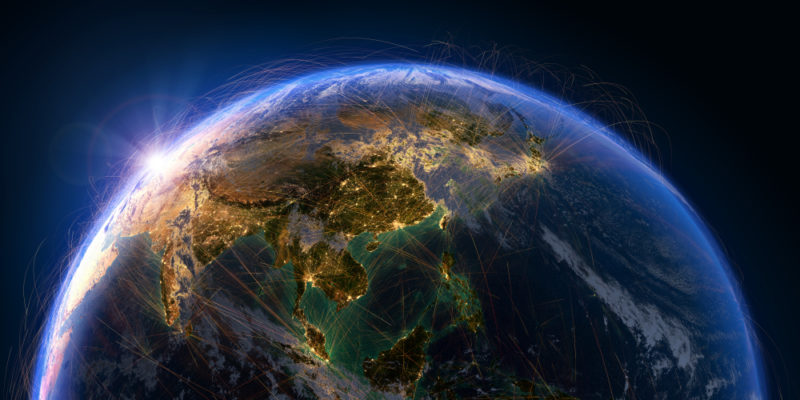
The largest and most populated continent in the world, with an area of almost 45 million km2 (more than 30% of the surface area) and a population of 4 billion inhabitants (69% of the world's population) spread across 49 countries, It is located in the eastern half of the Northern Hemisphere, bordered to the north by the Arctic Ocean, the Indian Ocean to the south, and the Pacific Ocean to the east. Although geographically it constitutes a separate continent, forms a single land mass with Europe and once formed the Supercontinent of Eurasia with it. Asia is separated from Africa by the Isthmus of Suez and encompasses a huge number of islands between the Pacific and Indian oceans.
Continue in: Asia
Europe
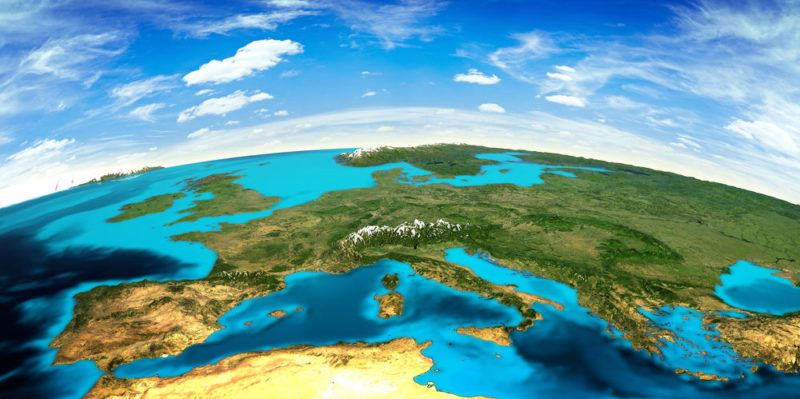
United to Asia in the same continental mass, but geographically located in the central-northern of the Northern Hemisphere, is the European continent, with its 10,530,751 km2 of total surface area (6.8% of the emerged lands) and its population of 743,704. ,000 inhabitants (barely 11% of the world population) spread across 50 countries. Europe is bordered to the south by the Mediterranean Sea, to the west by the Atlantic Ocean, to the east by Asia and the Middle East, and to the north by the Baltic Sea and the Arctic Ocean. Despite its small size, Europe has played an important role in the destiny of humanity since classical times of Antiquity, especially as a result of its imperial doctrines from the 15th to the 19th centuries.
Oceania
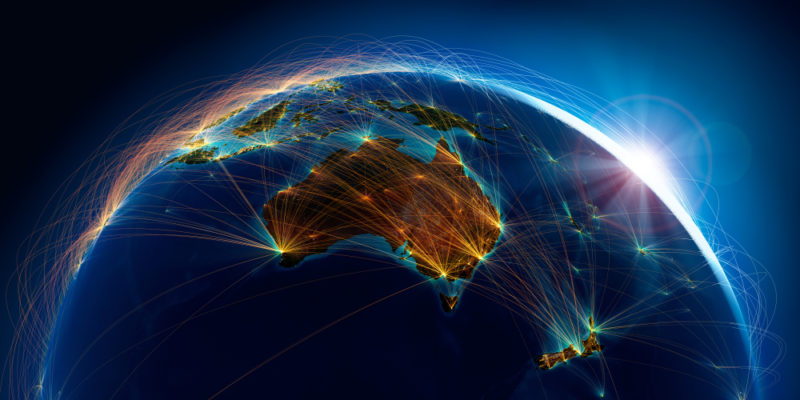
This island continent, located in the southeastern region of the Southern Hemisphere, It is the smallest of all, with just 9,008,458 km2. However, it is home to some 40,117,432 inhabitants, spread across 15 countries, between the continental shelf (Australia) and its smaller islands in the Pacific (New Zealand, New Guinea, Micronesia, Melanesia and Polynesia). Its boundaries are with the Indian Ocean to the west, the Pacific to the east, the Antarctic to the south, and the islands of South Asia to the north.
Antarctica
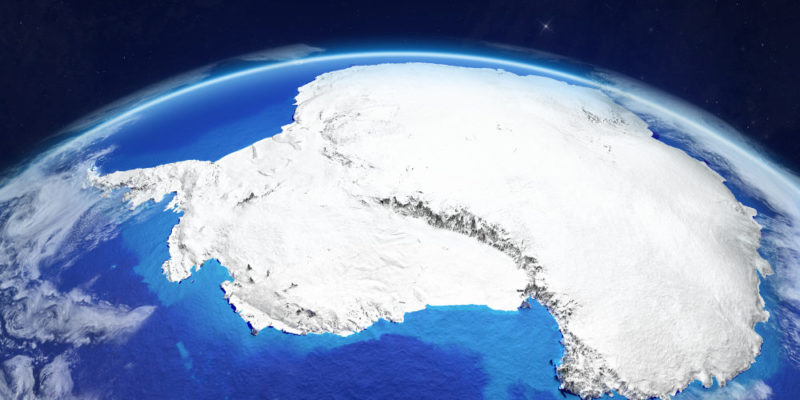
The southernmost continent on the planet, located almost at the south pole, is a land mass of 14,000,000 km2 of which only 280,000 km2 are exposed to ice during the summer. It is, therefore, the coldest, driest and windiest continent in the world as well as the highest of all. For that reason, it was the last continent to be discovered and colonized by humanity, and it lacks its own population, barely being visited by scientists, soldiers and specialists who do not exceed 5,000 people, spread across 60 bases belonging to 30 different countries.
Continents and oceans
Unlike the emerged continents, The ocean surface is the portion of the Earth's crust that is under seawater forming in its largest areas what we know as oceans: the large expanses of salt water that separate the continents from each other, covering 71% of the planet. In the world we recognize five different oceans:
- Atlantic Ocean Separating America and Europe to the north and America and Africa to the south, it has a maximum length of 14,700 km (NS) and houses a volume of water of 354,700,000 km3.
- Indian Ocean Located south of the Indian subcontinent, between Asia, Africa and Oceania, it has a maximum width of 10,000 km and houses a volume of water of about 292,131,000 km3.
- Pacific Ocean The largest of all oceans, it is located separating America from Asia to the north or America and Oceania to the south. Its surface reaches 155,557 km2 and its maximum length is 15,000 km. It contains about 714,839,310 km3 of water.
- Arctic Ocean As its name indicates, it is located in the northern circumpolar region, and is the smallest ocean on the planet. Its surface is barely 14,056,000 km2 and separates northern America from northern Asia and Europe.
- Antarctic Ocean Located around the continental coast of Antarctica, it is the southernmost ocean on the planet and has a surface area of 20,327,000 km2, bordering the southern part of the Pacific and Indian oceans.
References
- “Continent” in Wikipedia.
- “The continents and oceans” in Educational Portal.
- “Is Zealandia a new continent?” on BBC World.
- “Seven Continents Geography” (video) Kids Learning Tube.
- “Continent” in National Geographic.
- “Continent (Geography)” in The Encyclopaedia Britannica.


